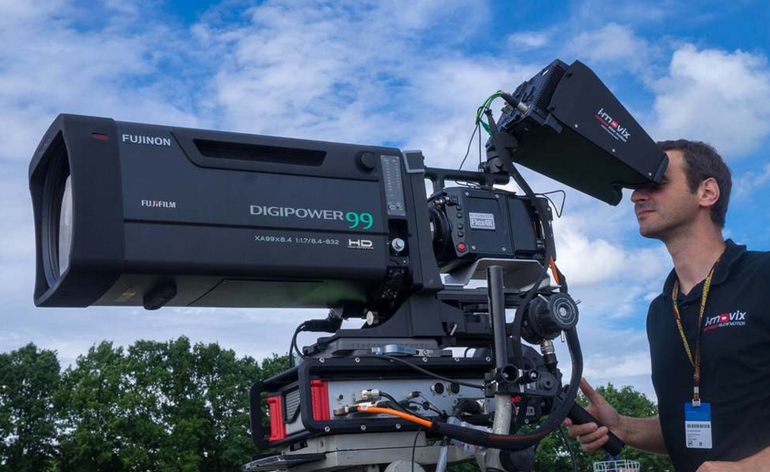In the high-stakes world of sports broadcasting, the role of the director is akin to that of a master storyteller, weaving together the threads of athleticism, drama, and human emotion to create a compelling narrative that captivates audiences worldwide. Crafting these narratives requires a delicate balance of technical prowess, creative vision, and an intimate understanding of the sport being broadcasted. At the heart of every great sports broadcast lies a narrative arc that transcends the mere outcome of the game. Whether it is a underdog team fighting against the odds, a seasoned veteran making a comeback, or a historic rivalry reaching its climax, the director must identify and amplify the elements that will resonate most deeply with viewers. This requires a keen eye for storytelling, as well as the ability to anticipate the ebb and flow of the game in real time. One of the director’s most powerful tools is their ability to control the visual language of the broadcast.

Through a combination of camera angles, replays, and graphics, they can manipulate the viewer’s perspective to heighten the tension, evoke emotion, and highlight key moments of the game. By strategically choosing when to zoom in for a close-up or pull back for a wide shot, the director can draw the audience into the action and provide context for the unfolding drama. However, crafting a compelling narrative goes beyond just what the audience sees on screen. It also involves shaping the commentary and analysis provided by the broadcast team. The director must work closely with the announcers to ensure that their words complement the visual story being told, providing insight, context, and emotion that enhances the viewer’s understanding and enjoyment of the game. This requires clear communication, trust, and a shared commitment to serving the needs of the audience above all else.
In addition to shaping the narrative of individual 야구중계사이트 games, sports directors also play a crucial role in building the broader storylines that define entire seasons, tournaments, or leagues. Whether it is through pre-game montages, halftime features, or post-game interviews, they must continually seek out new angles and storylines that will keep viewers engaged and invested in the sport over the long term. This requires a deep understanding of the sport’s history, culture, and personalities, as well as the ability to adapt and evolve as new storylines emerge. Ultimately, the success of a sports broadcast hinges on the director’s ability to connect with the audience on a visceral level, tapping into their emotions, passions, and sense of camaraderie with fellow fans. By crafting narratives that are both engaging and authentic, they can transform a simple game into an unforgettable experience that leaves a lasting impression on viewers long after the final whistle has blown. In the director’s chair, they hold the power to inspire, entertain, and unite audiences around the world through the universal language of sports.
